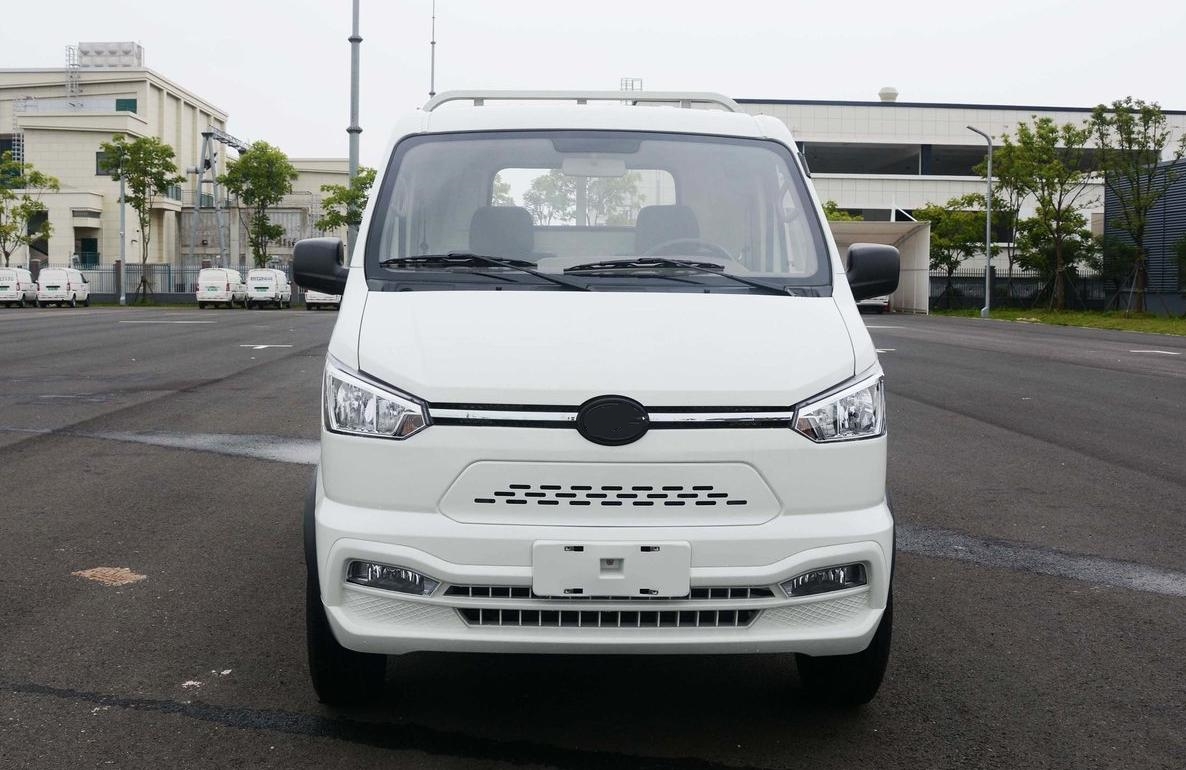Electric CARRUS News
Why is the Resale Value Rate of Pure Electric Vehicles Low?
In missae a Electric aliquet
In the automotive market, the resale value rate of pura electrica vehiculums has been a topic of concern. This rate is significantly lower compared to traditional internal combustion engine vehicles, and there are multiple factors contributing to this phenomenon.

The technology of pura electrica vehiculums is evolving at an astonishing pace. In today’s era of rapid technological advancements, the field of electric vehicles is no exception. New – generation batteries and electric technologies are constantly emerging, revolutionizing the capabilities and performance of these vehicles. This rapid evolution has a direct impact on the resale value of pura electrica vehiculums.
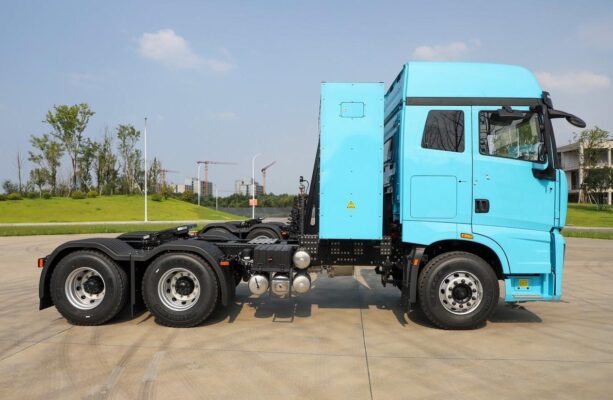
New models of pura electrica vehiculums often come equipped with more advanced features. Exempli gratia, the latest battery chemistries can offer higher energy densities, which translate into longer ranges on a single charge. They may also have more efficient electric motors that deliver better power – to – weight ratios, resulting in enhanced acceleration and overall performance. Insuper, improvements in charging technology, such as faster – charging capabilities, are being introduced regularly.
When compared to older – model pura electrica vehiculums, these new – model advantages are substantial. Consumers are naturally more inclined towards purchasing new models that offer these enhanced features. This preference for new technology reduces the desirability of older – model pura electrica vehiculums in the market. Ut, the resale value rate of these older models experiences a decline.
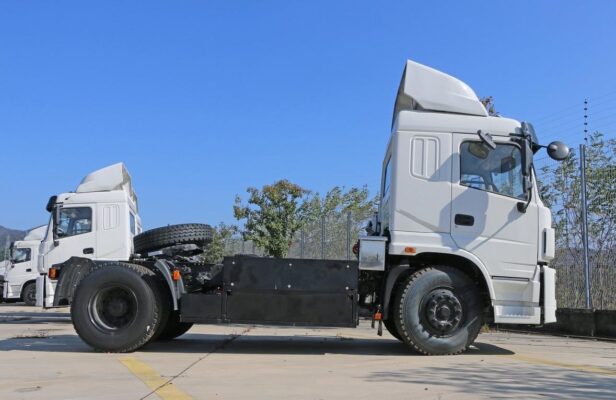
Another aspect related to technological updates is the software and electronics in pura electrica vehiculums. New models often come with more sophisticated vehicle control systems, advanced driver – assistance features, and better – integrated infotainment systems. These software – based enhancements not only improve the driving experience but also contribute to the overall appeal of the vehicle. Older models, lacking these updated software features, become less attractive in the resale market.
The range of pura electrica vehiculums is a significant factor influencing their resale value rate. While electric vehicles have made great strides in meeting the daily commuting needs of urban dwellers, long – distance travel remains a considerable challenge.
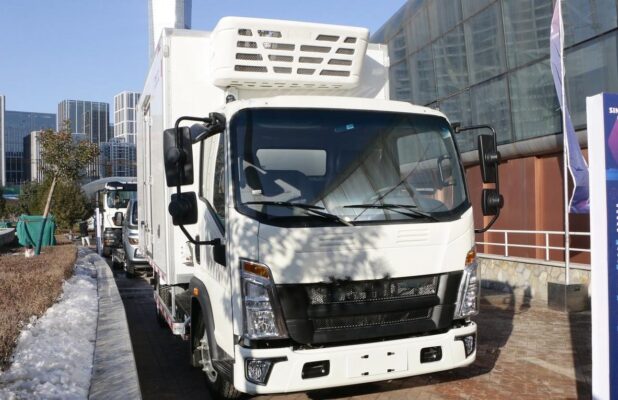
The limited range of pura electrica vehiculums can be attributed to several factors. Primo, the battery capacity, although constantly improving, still has its limitations. Current battery technologies cannot yet match the energy – storage capabilities of a full tank of gasoline in terms of the distance it can cover. This restricts the range that an electric vehicle can travel without requiring a recharge.
Secundo, the charging infrastructure for electric vehicles is far from perfect. In many areas, especially in rural or remote regions, the availability of charging stations is scarce. Even in urban areas, the distribution of charging points may not be as convenient as gas stations. This lack of a widespread and reliable charging network means that potential buyers in the second – hand market may be deterred from purchasing a pura electrica vehiculum, especially if they have long – distance travel requirements.

The combination of limited range and imperfect charging infrastructure has a significant impact on the demand for pura electrica vehiculums in the second – hand market. Consumers who are considering a second – hand vehicle are often looking for a reliable mode of transportation that can be used for various types of travel, including occasional long – distance trips. Cum pura electrica vehiculums currently face challenges in this regard, the demand for them in the second – hand market is relatively low, which in turn leads to a decline in their resale value rate.
Battery life and maintenance cost also play a crucial role in determining the resale value rate of pura electrica vehiculums. The battery is the heart of an electric vehicle, and its lifespan is a major concern.
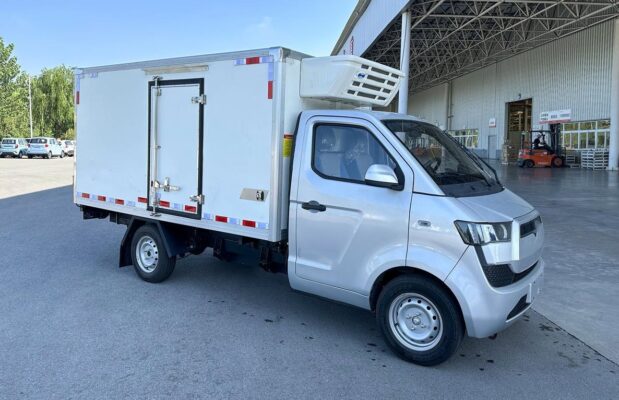
In tempore, the performance of the battery in a pura electrica vehiculum gradually deteriorates. This decline in performance is mainly manifested in a reduction in the vehicle’s range. As the battery ages, it can hold less charge, which means that the vehicle can travel shorter distances on a single charge. This reduction in range can be a significant drawback for potential second – hand buyers, as it further limits the usability of the vehicle.
The cost of maintaining and, if necessary, replacing the battery is relatively high. Battery replacement, maxime, can be a costly affair. The high cost is due to the complex technology involved in manufacturing batteries and the relatively limited production scale compared to traditional automotive components. Pro exemplo, a new battery pack for a pura electrica vehiculum can cost a substantial amount of money, sometimes approaching a significant fraction of the vehicle’s original purchase price.

When potential second – hand buyers consider purchasing a pura electrica vehiculum, they are aware of the potential battery – related issues and costs. This knowledge makes them more cautious and less willing to pay a high price for a used electric vehicle. Ut, the resale value rate of pura electrica vehiculums is further reduced.
Conclusio, the main reasons for the low resale value rate of pura electrica vehiculums include rapid technology updates, limited range, and high battery life and maintenance costs. Tamen, it is important to note that with the continuous progress of technology and the improvement of infrastructure, the situation is likely to change in the future. As battery technologies improve, ranges increase, and charging infrastructure becomes more widespread and reliable, the resale value rate of pura electrica vehiculums is expected to rise. This will not only benefit current owners of electric vehicles but also contribute to the overall growth and acceptance of the electric vehicle market.
